Monroe County sheriff, commissioners square off at committee meeting, ACLU lawyer says: “Look, you need a new jail. Everyone knows that.”
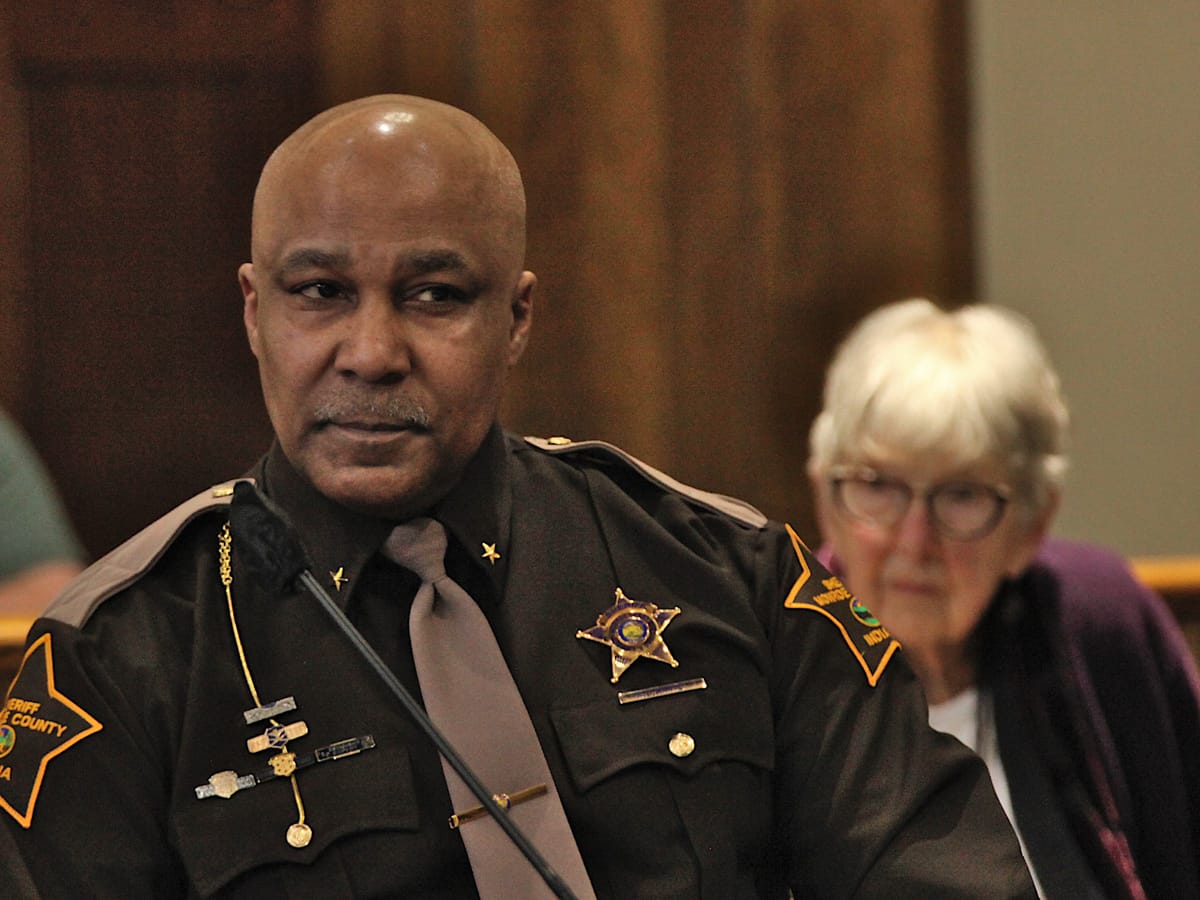
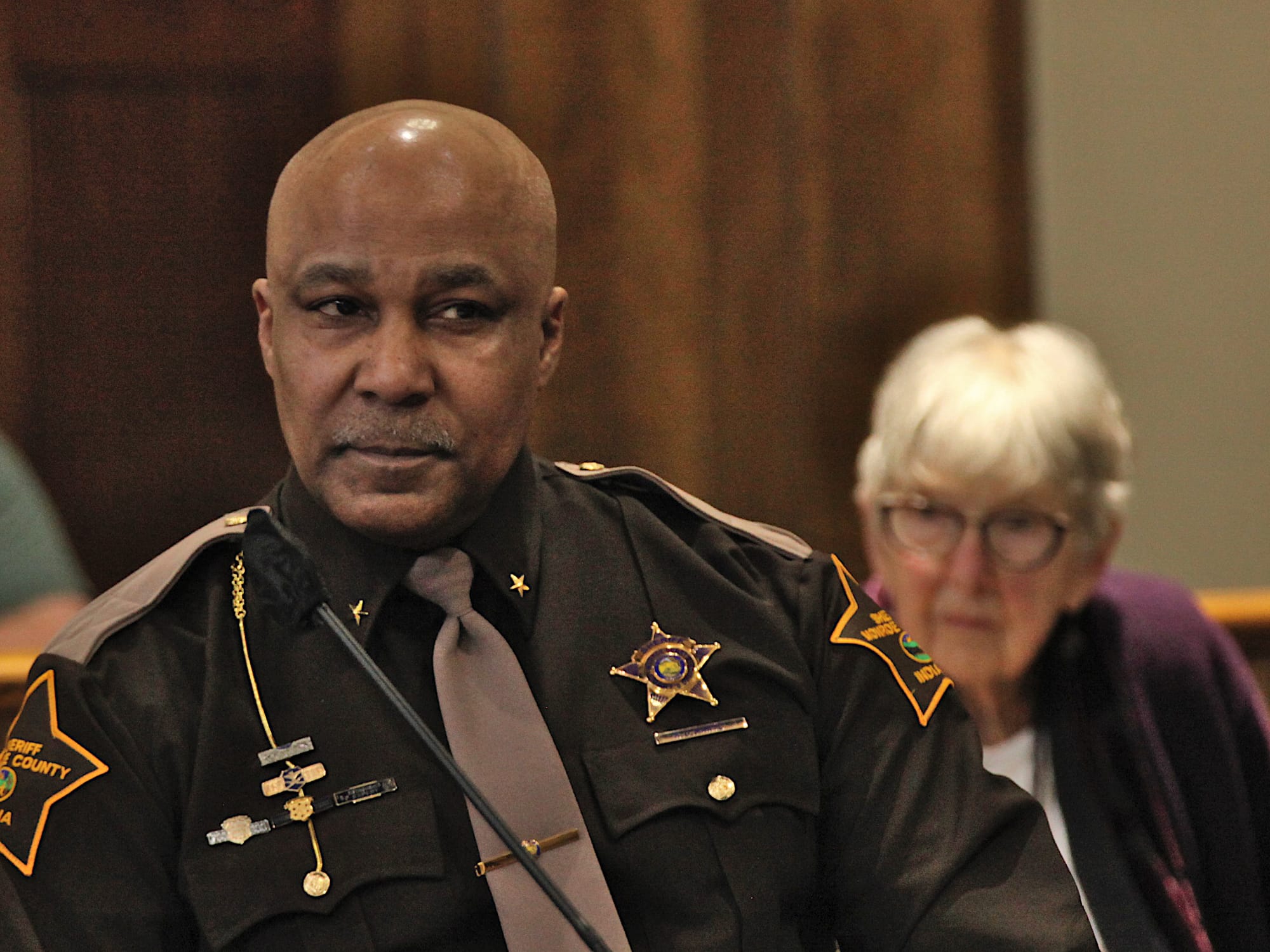
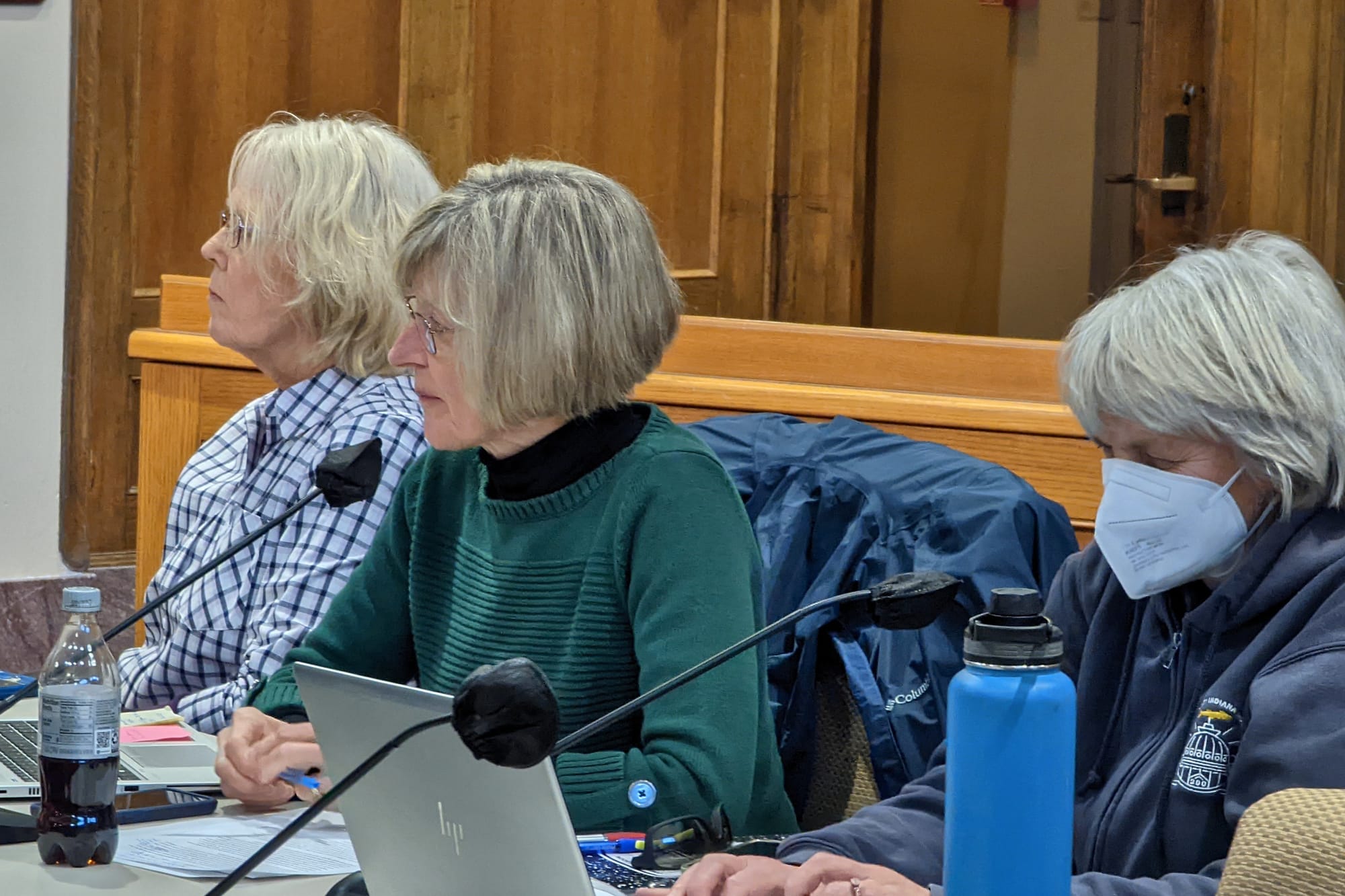
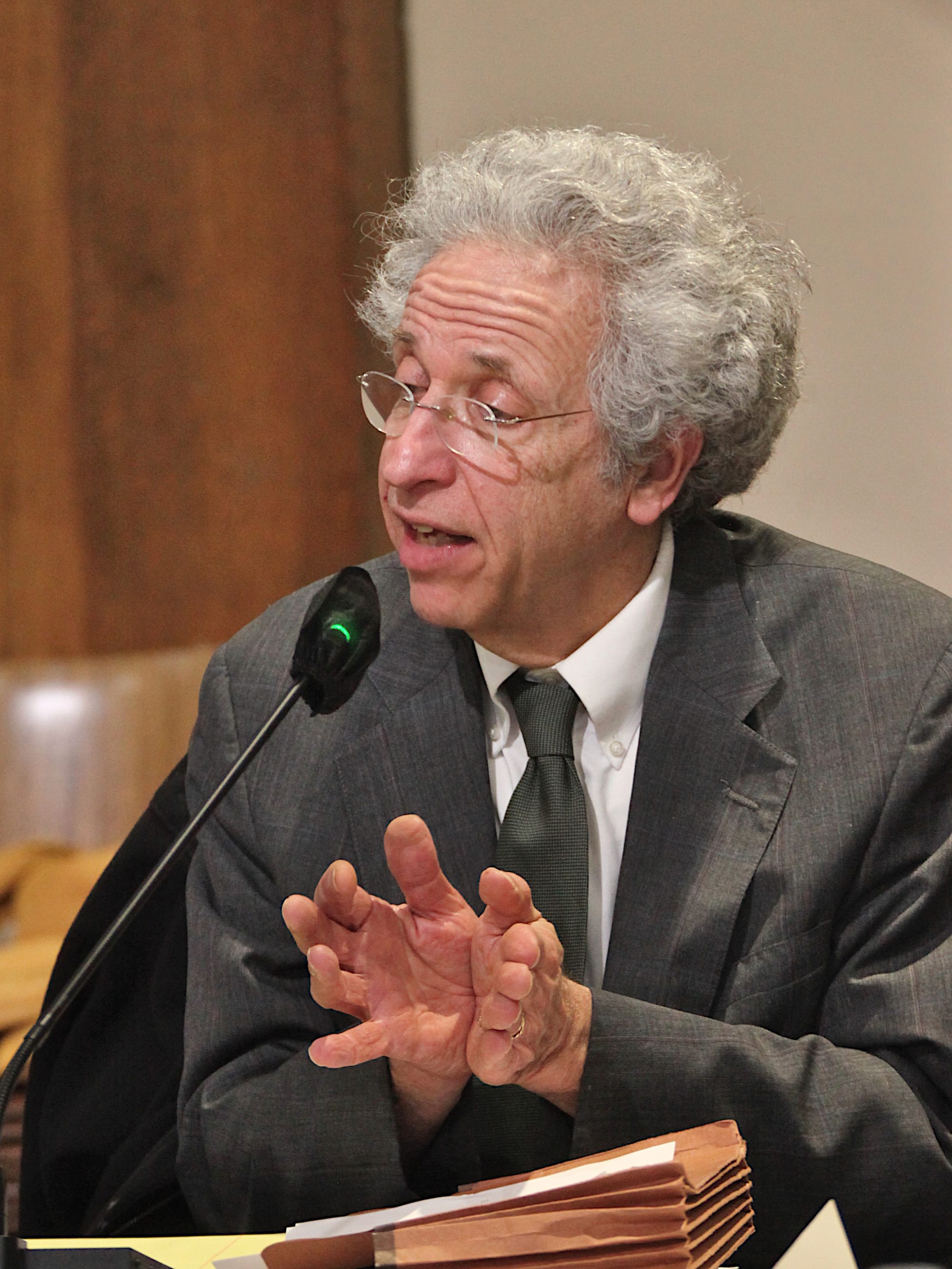

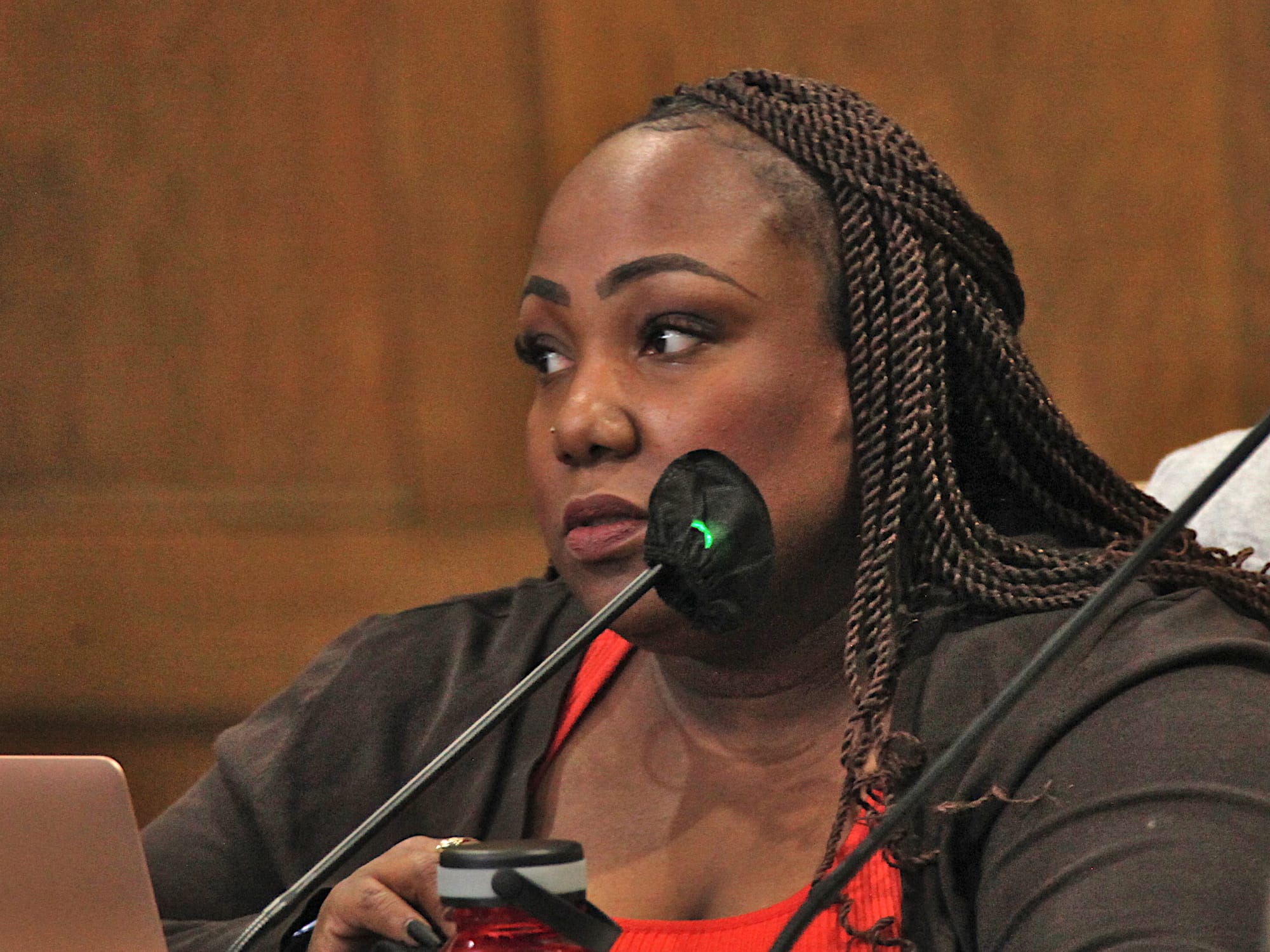
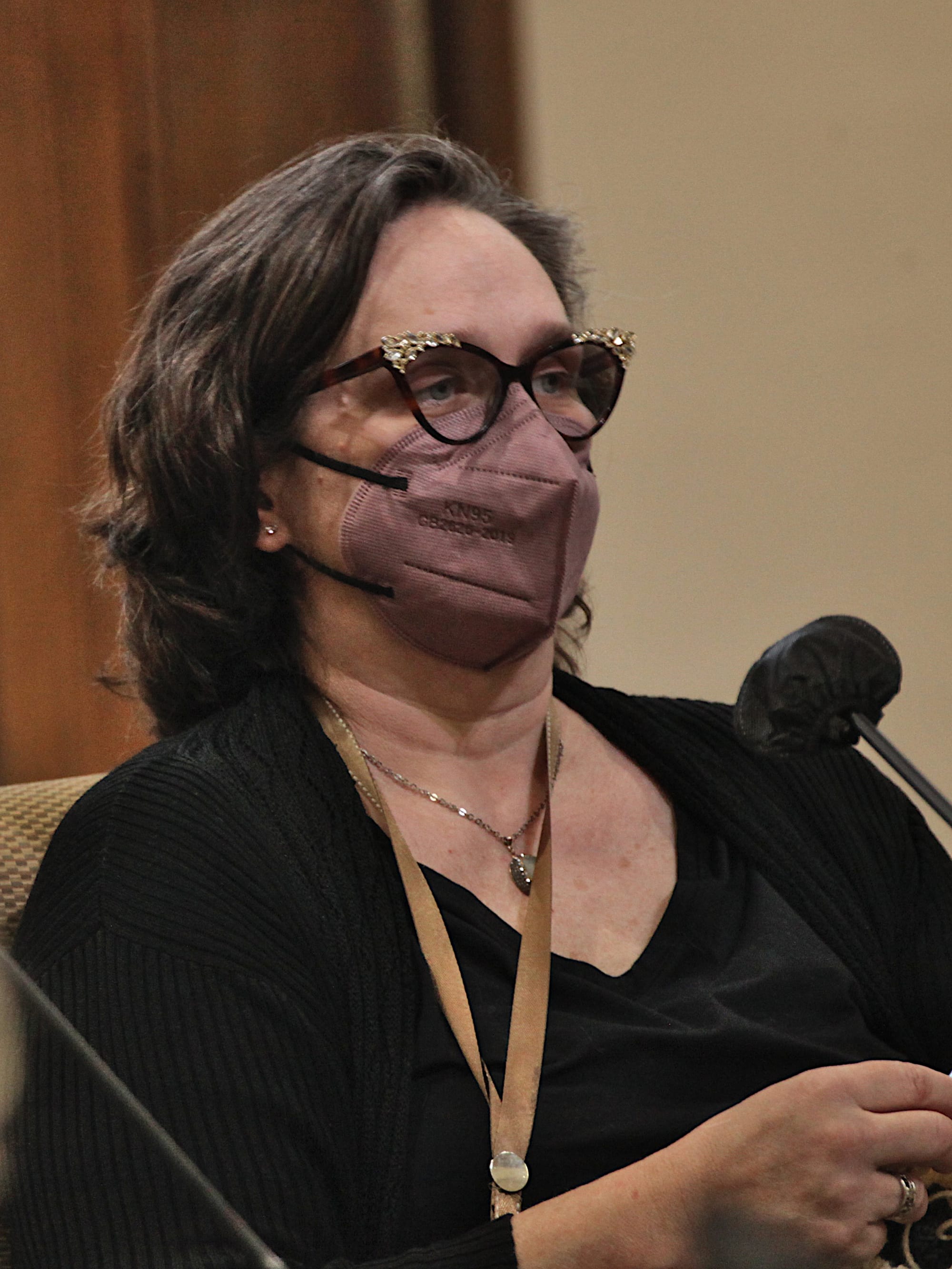
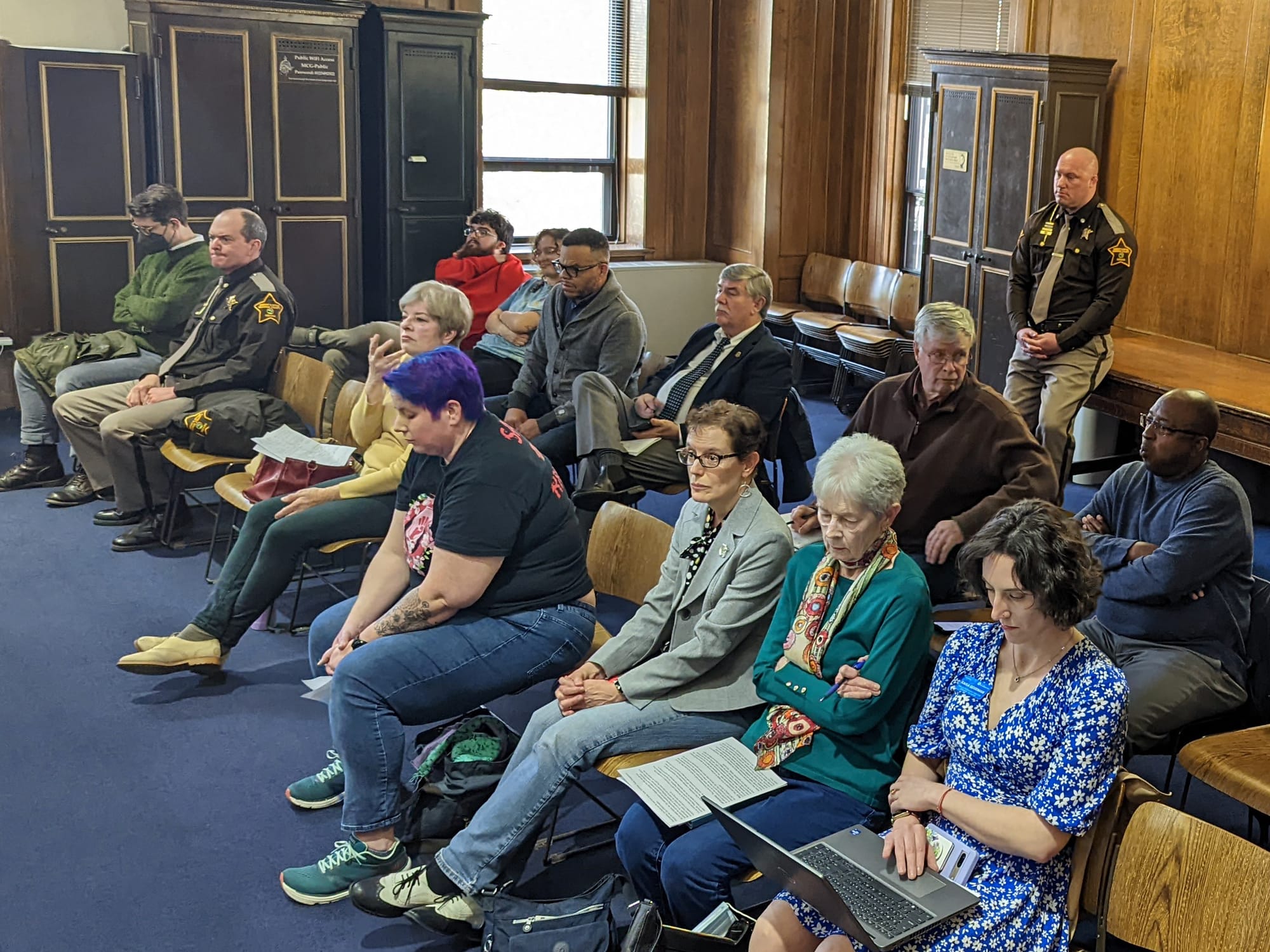
The headliner on Monday’s agenda for Monroe County’s community justice response committee (CJRC) meeting was Ken Falk, legal director of the ACLU of Indiana.
Falk is the attorney who filed a lawsuit against the county in 2008, which is still subject to a “private” settlement agreement—so-called only because it’s not a court order. The agreement is not confidential.
Falk’s remarks countered the calls that the committee has heard from several angles, including the group Care Not Cages, against the construction of a new jail.
Falk was blunt: “Look, you need a new jail. Everyone knows that.” He continued, “Back in 2008, when I filed the lawsuit, everyone knew that the jail then was grossly overcrowded.” Monroe County’s jail is not grossly overcrowded now, he said, “thanks to the work of the judges and everyone else in the system.”
Falk also noted that the work of two consultants, released to the county government more than 18 months ago, had described Monroe County’s jail as having “far exceeded its structural and functional life cycle.”
But Falk’s remarks weren’t really a surprise.
Less expected was the display of some friction between new Monroe County sheriff Ruben Marté and county commissioners, which had up to now remained at least partly under the surface. The contentious character of their interactions was in plain view at Monday’s CJRC meeting.
Board of commissioners president Penny Githens delivered some opening remarks focused on the division of statutory responsibilities between the commissioners and the sheriff, and how the budget process works.
The description Githens gave—of the differences between the statutory responsibilities between sheriff and commissioners—tracks with the work currently being done by county lawyers, to write the job description for a new position the sheriff is requesting. The new position would be called “jail technician.” The new position would handle jail maintenance.
Included in the opening remarks made by Githens was a description of the current conditions at the jail, and the attempts that had been made to address the conditions that Marté had discovered upon taking office at the start of the year.
Githens was seeking to counter accusations from various quarters that the commissioners had stood in the way of improving the conditions and had not been supportive of the sheriff’s efforts.
Shortly after Githens concluded, Marté said he would not respond to everything in the remarks GIthens had just given. He added, “But I can tell you that a lot of the things that were said—it’s not correct.”
A point stressed by Marté was that he had, in fact, approached the commissioners to ask for equipment to clean and sanitize the jail. Marté had been embarrassed to have to go to another county to borrow their cleaning equipment, he said.
When Githens interrupted Marté to remind him of her earlier remarks about the proper budgetary roles of the county council compared to commissioners, Marté pointed out that he had not interrupted Githens during her remarks.
Monroe County circuit court judge Catherine Stafford weighed in: “I can’t agree with the commissioners getting to say something and him not getting to respond.”
Githens reply to Marté: “Four weeks ago, you got to say a lot!”
The allusion to “four weeks ago” was to a slide deck presentation Marté’s team had given to the committee, showing photos of the bad conditions in the jail.
At Monday’s meeting, Marté objected to the use of the word “aesthetics” to characterize the cleaning and the sanitation of the jail floor. “When I hear the word ‘aesthetic’, there’s nothing aesthetic about that.”
Marté continued, “And if you think it is, I’ll welcome you to come to the jail again. And I will personally, myself, walk you through what the living conditions are in that place right now.”
Githens countered by saying, “I have not used the word ‘aesthetics’.” Marté responded, “You did not…but you know who did.”
The use of the word “aesthetics” came at the commissioners Feb. 1 work session. County commissioner Julie Thomas reacted to a description of work to grind down the top layer of dirt and adhesive from the concrete floor and then coat it with epoxy sealer: “It sounds like the floor issue is really aesthetic, and it’s not an issue of health and safety.”
Thomas added, “And that’s a concern that we need to think about, because if we’re replacing this facility, how much do we want to invest in an aesthetic change?”
Falk’s Monday remarks served not only to support the idea that a new jail is needed.
Falk’s remarks also buttressed the position of county commissioners on siting of a new facility. The commissioners are considering possible new jail sites outside of downtown Bloomington.
There is strong sentiment among the other committee members, which includes judges and representatives of the prosecutor’s office and the public defender’s office, that the new jail should be located as close to downtown as possible.
A modern jail design does not have more than one story, Falk said. “A jail should not have elevators. A jail should be on one level, if at all possible,” he said.
To find enough land to build a new jail structure on a single level, Falk continued, ”may require you to be in an area outside Bloomington.” Late last year, Bloomington’s city council denied a rezone request for 87 acres in the southern tip of the city, which commissioners had hoped to use for the site of a new jail.
At the Feb. 8 work session, county attorney Jeff Cockerill touched base with county commissioners to ask for authorization to reach out to the city of Bloomington about the availability of land for a jail facility within the city limits.
Cockerill said that he wanted to ask specifically about the availability of land in the Hopewell neighborhood, which is the site of the former IU Health hospital at 2nd and Rogers streets, and any other land the city has control of.
Commissioners gave Cockerill that authorization.
At this Monday’s CJRC meeting, Bloomington’s public engagement director Kaisa Goodman read aloud part of mayor John Hamilton’s emailed response to Cockerill:
The short answer is: I’d be happy to sit down at any time to discuss the jail project in all its facets, including potential sites. The Hopewell site itself is not a good option. The 24 acres have been the subject of extensive community planning over the past several years, including a detailed master plan completed in 2021, with a major focus on hundreds of units of affordable housing. That said, we’d be happy to discuss all ideas we might bring to the table at an appropriate setting.
At Monday’s CJRC meeting Goodman also addressed what she called “a mischaracterization of a conversation” that included the mayor, some county council members and commissioner Githens about the county-owned land inside the city, near Catalent, which is south of the point where Adams Street ends.
When Goodman started to describe the conversation, Githens objected, saying that Goodman had not even been present. Goodman continued, saying that the mayor had indicated the city was willing to work together to address whatever additional infrastructure would be needed.
About the site near Catalent, Githens had said, “I have asked the mayor if the city would upgrade Adams Street to provide better access to county property near Catalent. And he said no.”
Earlier in the meeting, before Goodman spoke, county councilor Kate Wiltz had also weighed in on the conversation about the site near Catalent, saying that she had heard it different. Wiltz told Githens, “I didn’t hear exactly the same answer in our conversation about Adams Street, I think, as you did.”
Wiltz continued, “I did hear that the city probably wouldn’t want to jump in and pay for all of the infrastructure required with a new jail. But I didn’t hear the door closed on that conversation.”
Wiltz added, “And I think it’s worth continuing conversations with our city colleagues on that idea, as well as any others that they might have, in the interest of finding a location that could work.”
Photos: CJRC meeting (Feb. 20, 2023)

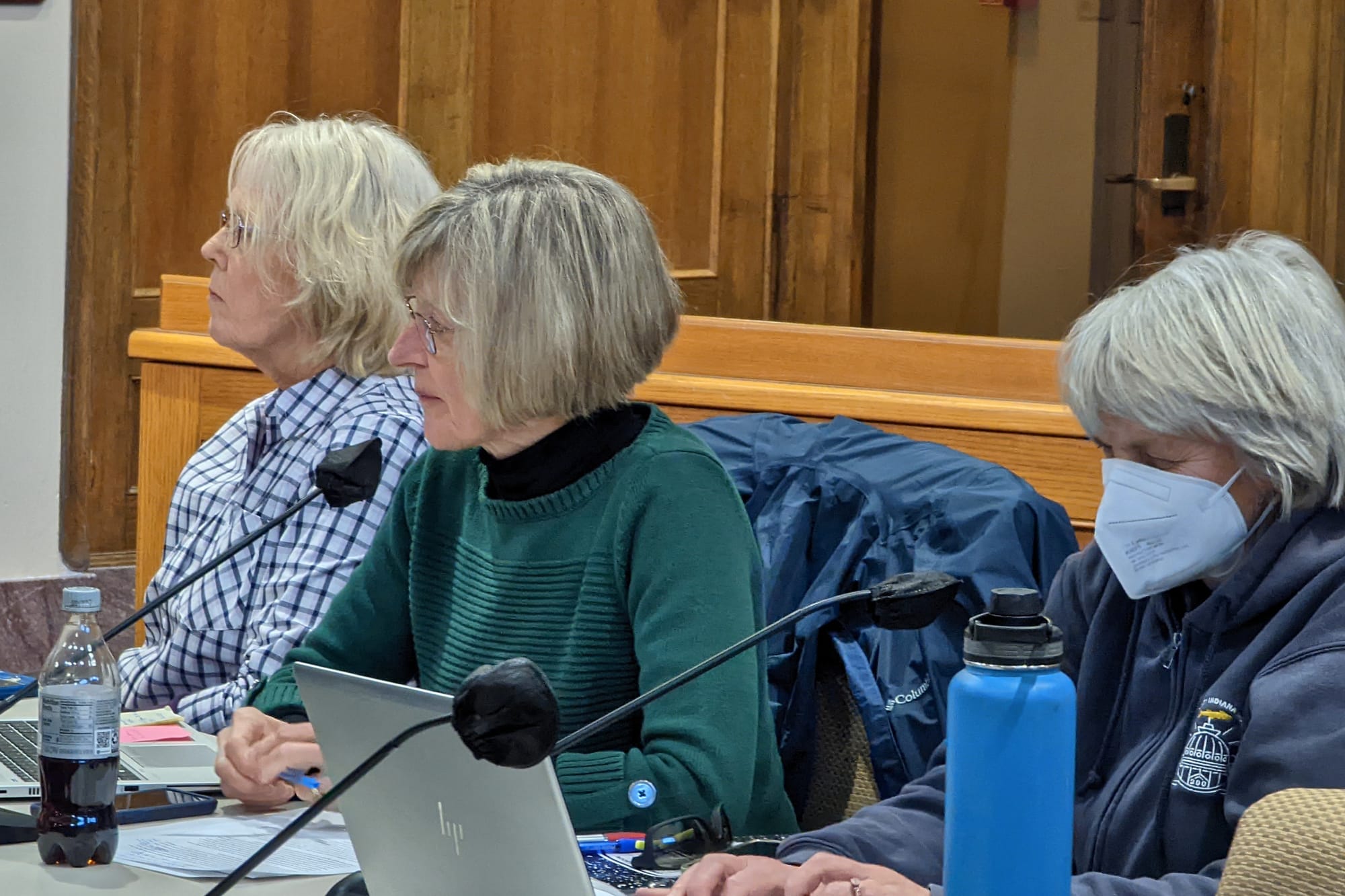




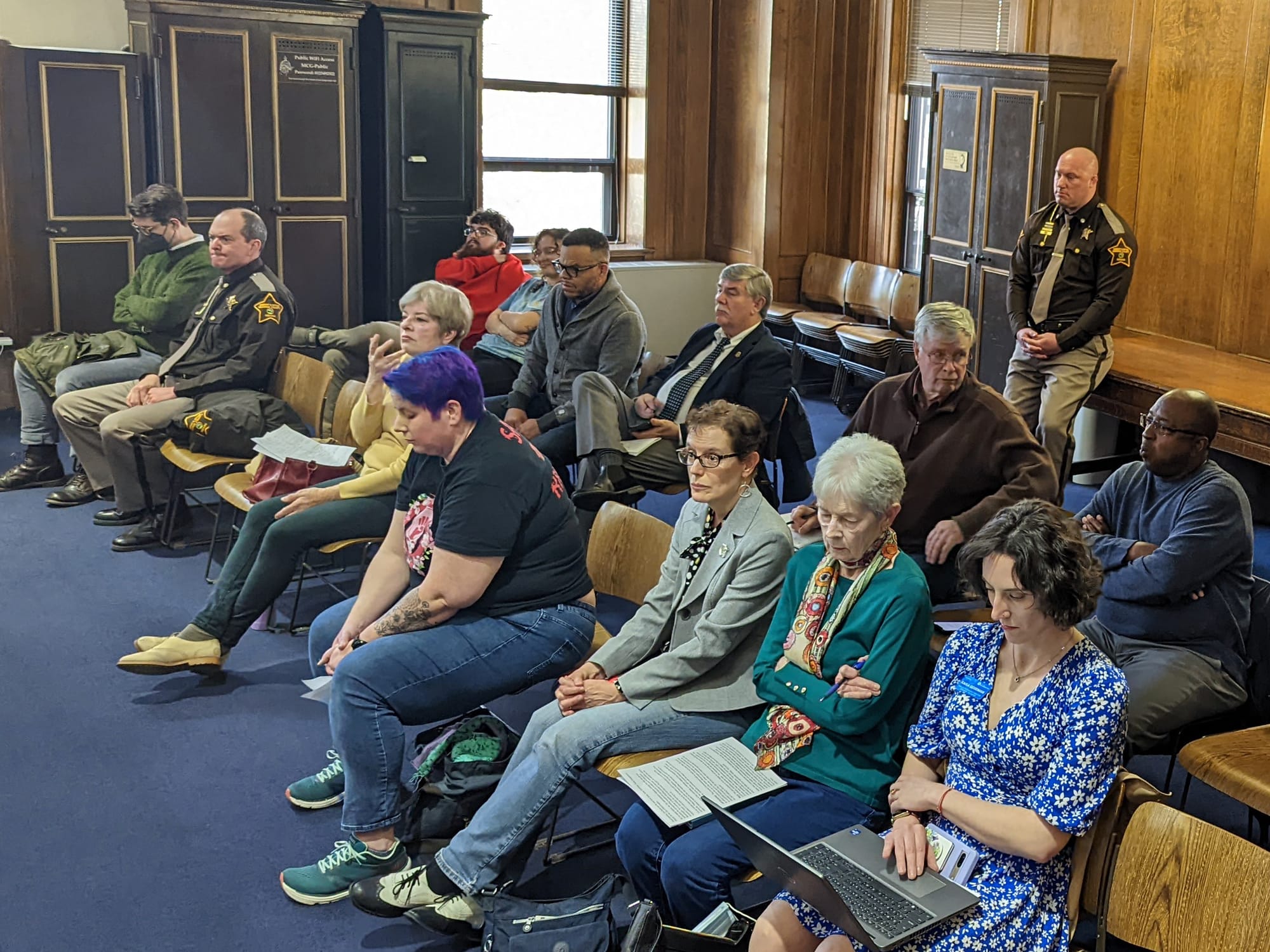





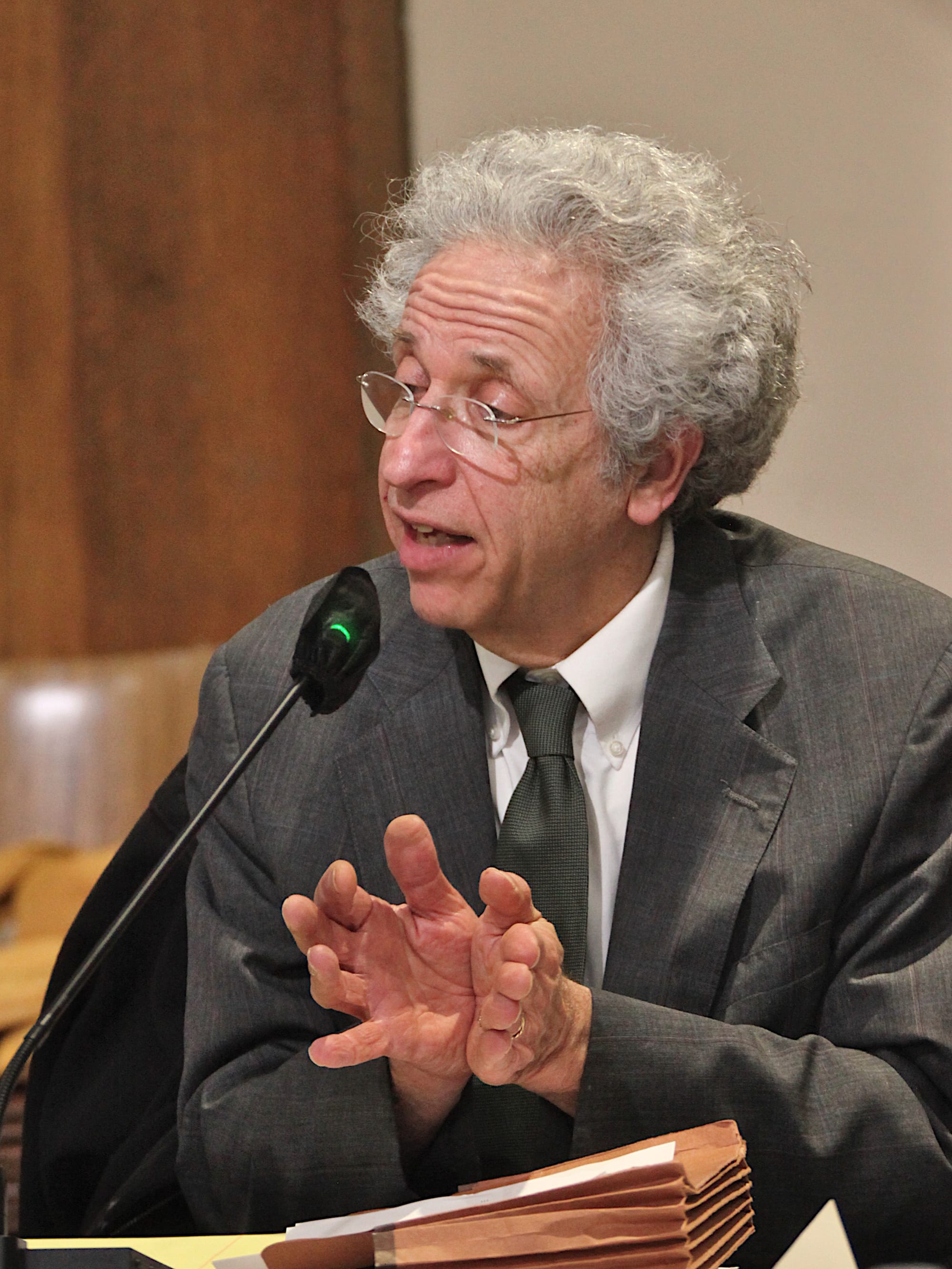





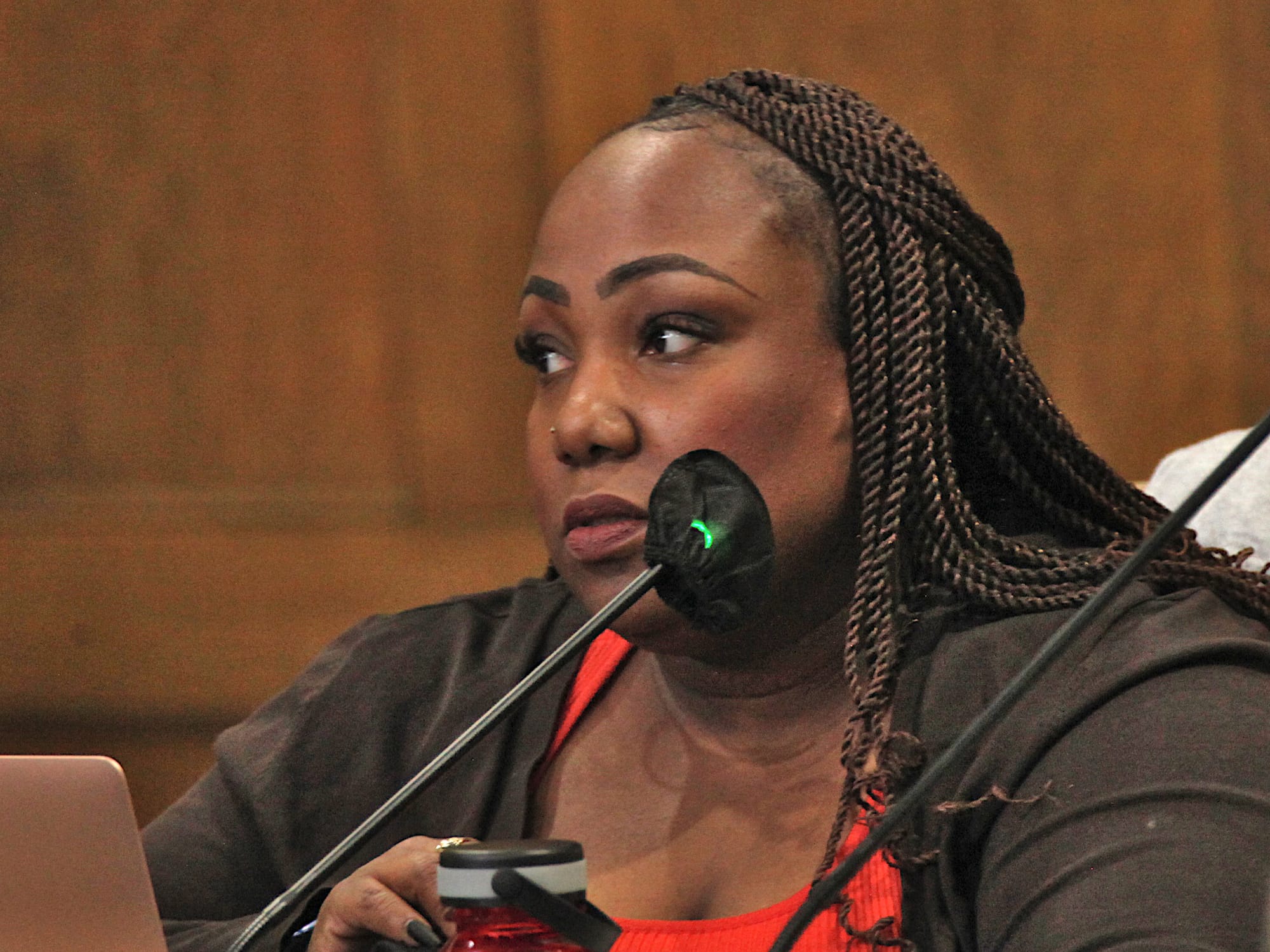
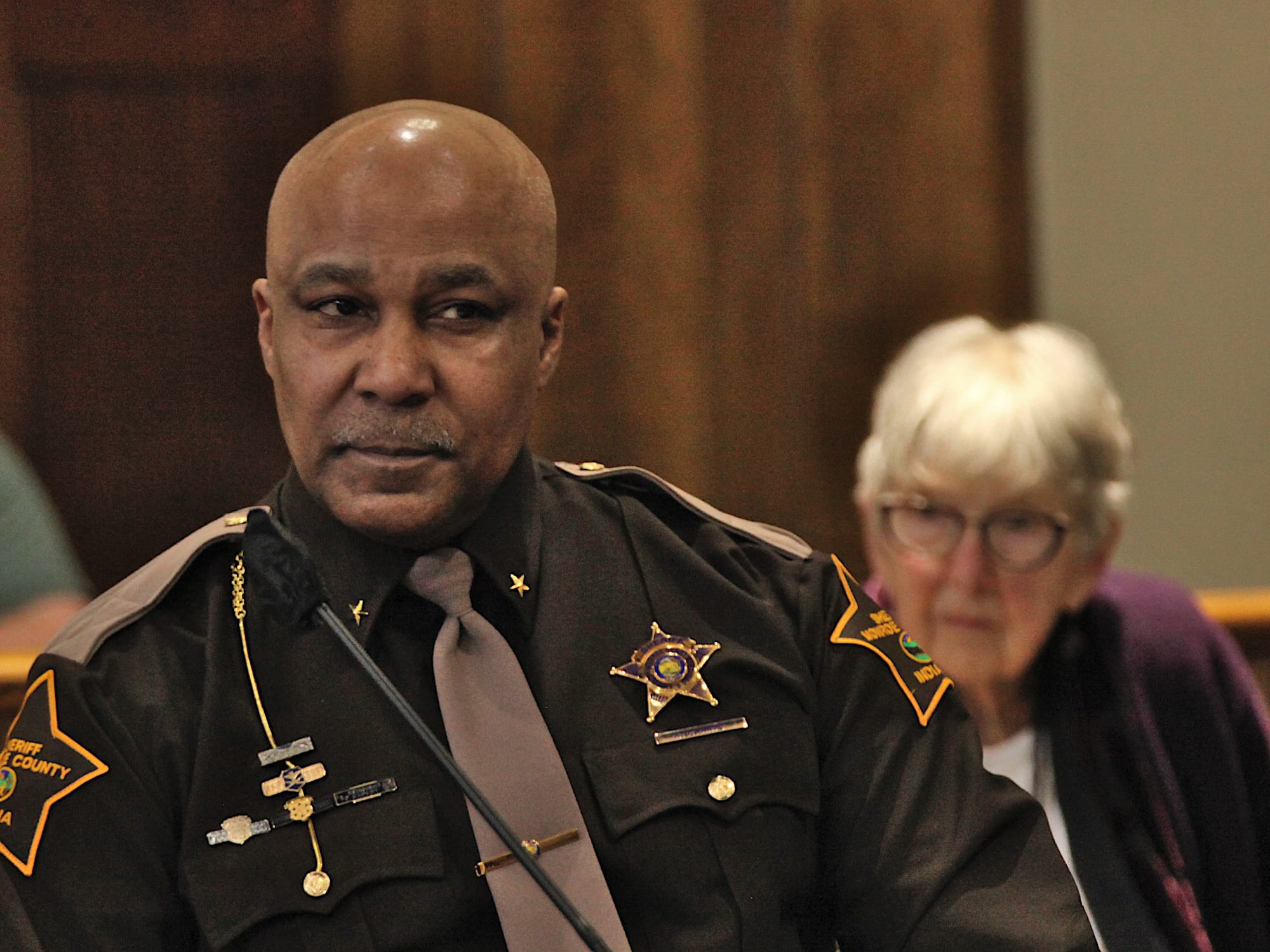
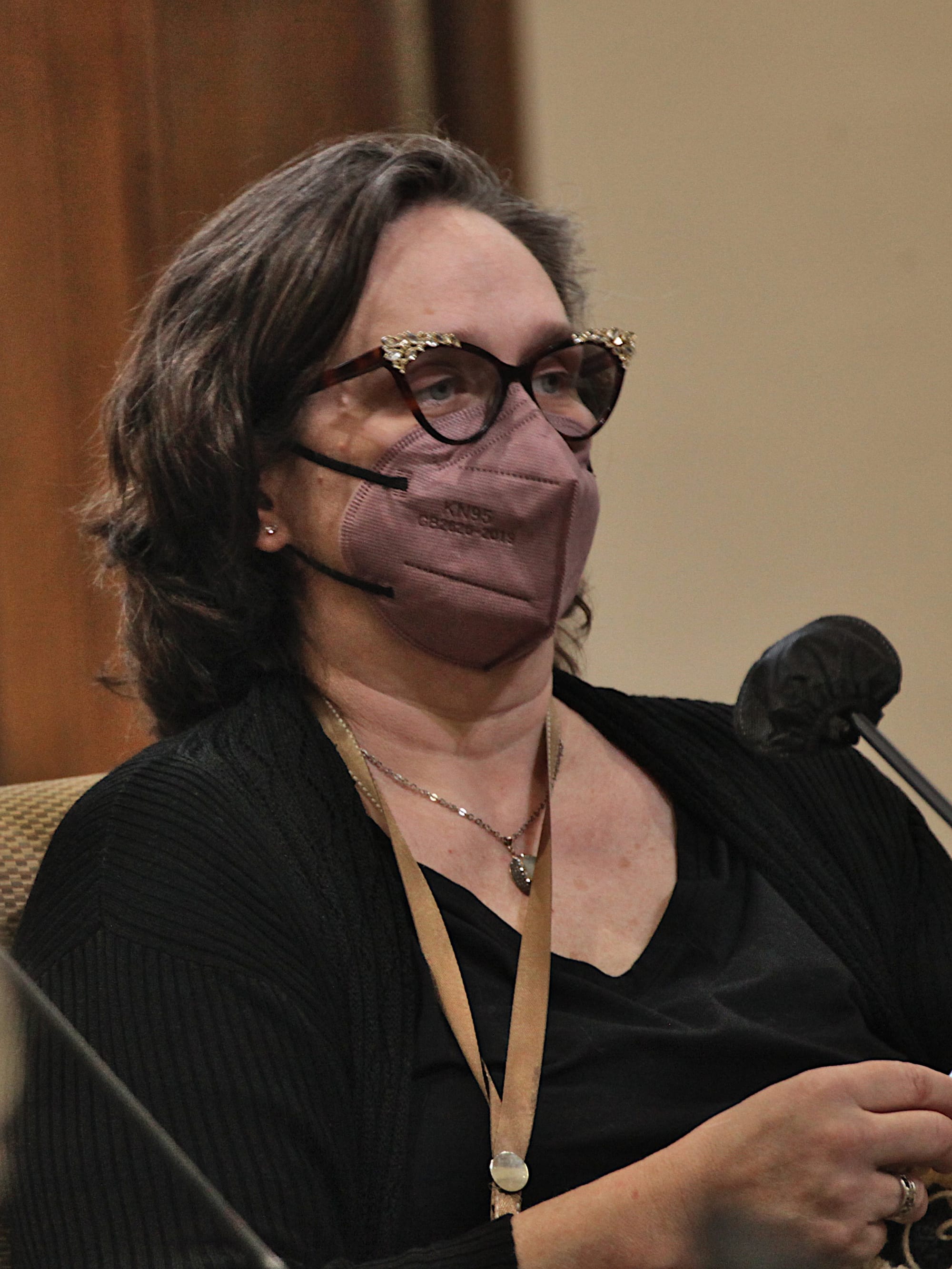



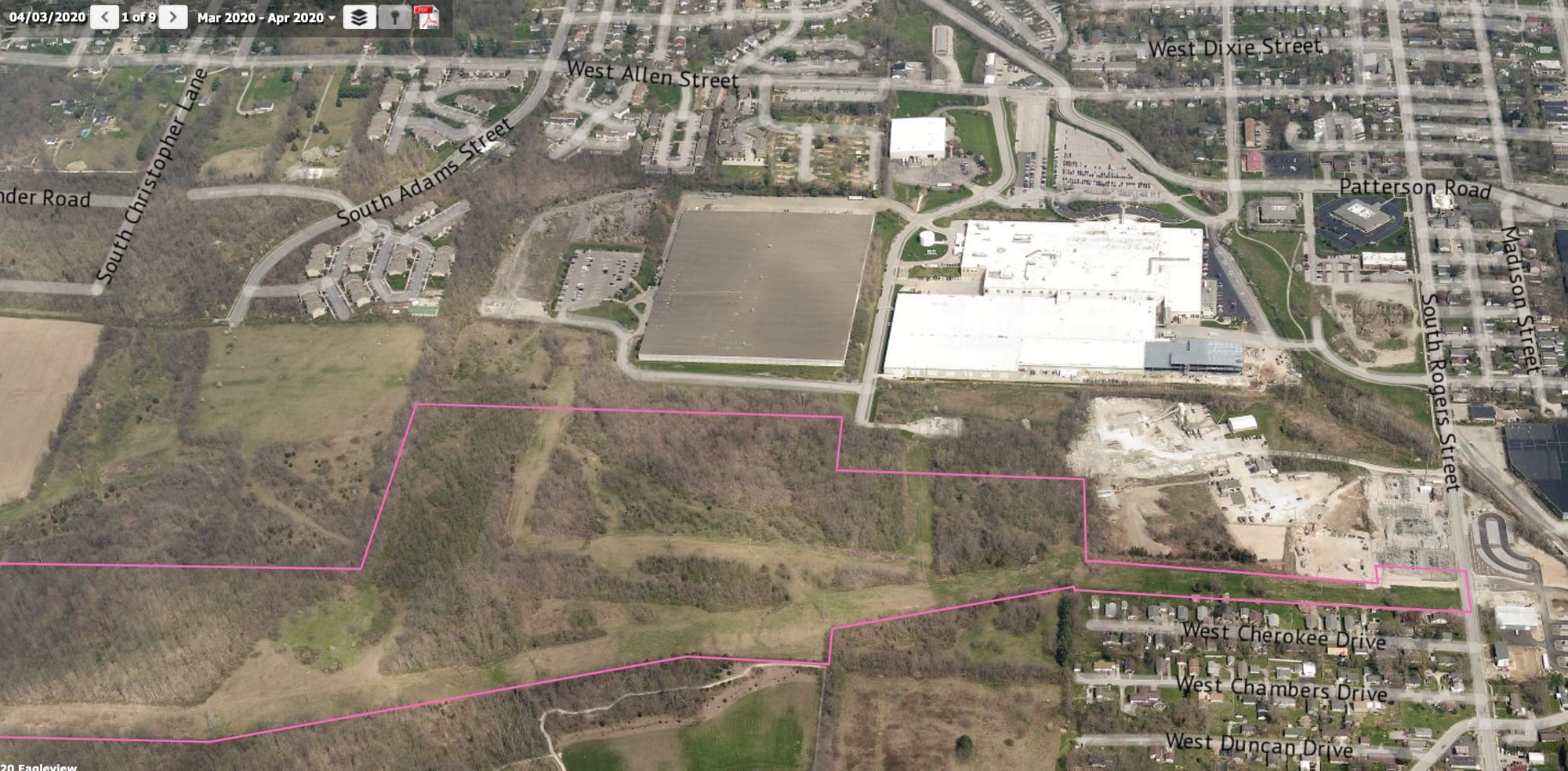




Comments ()